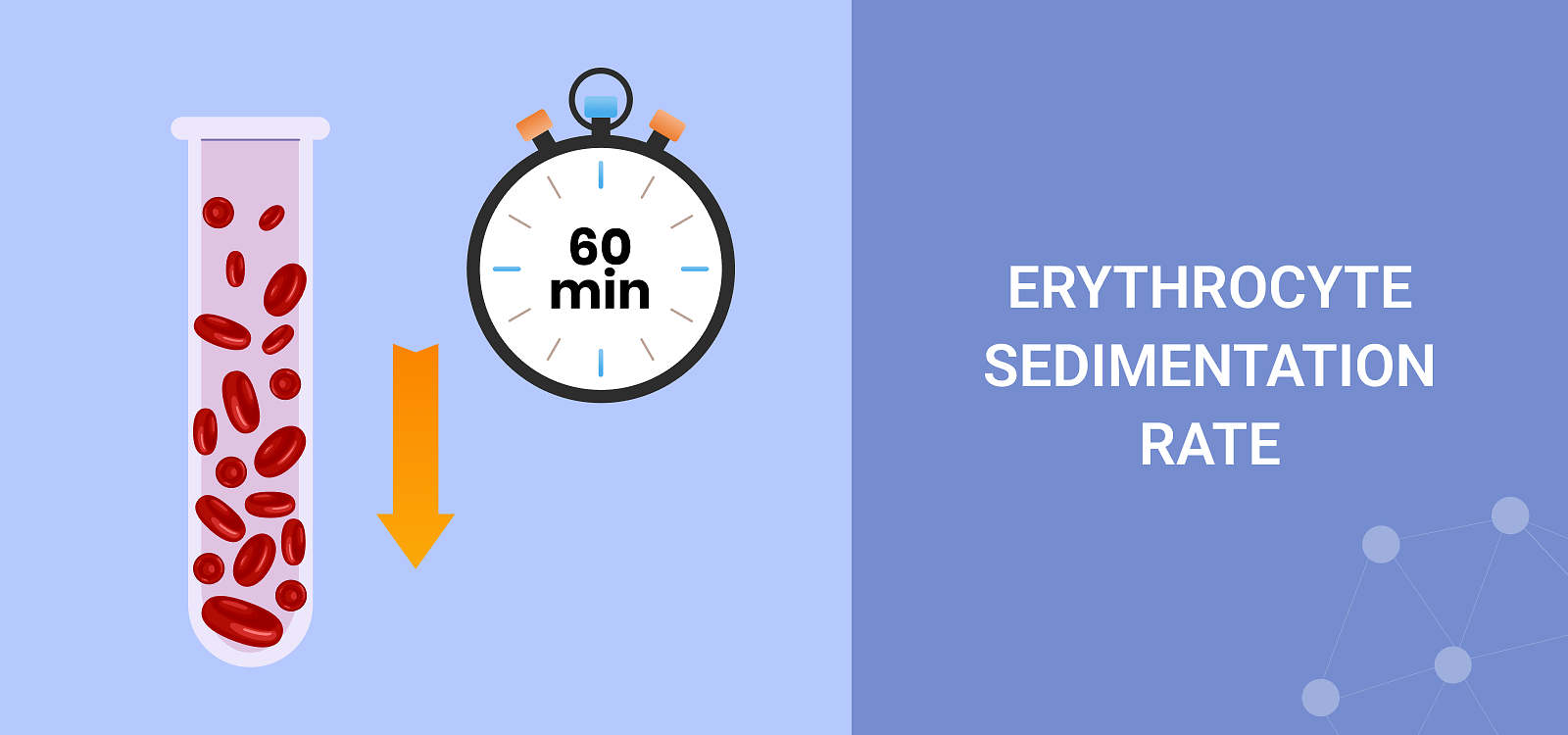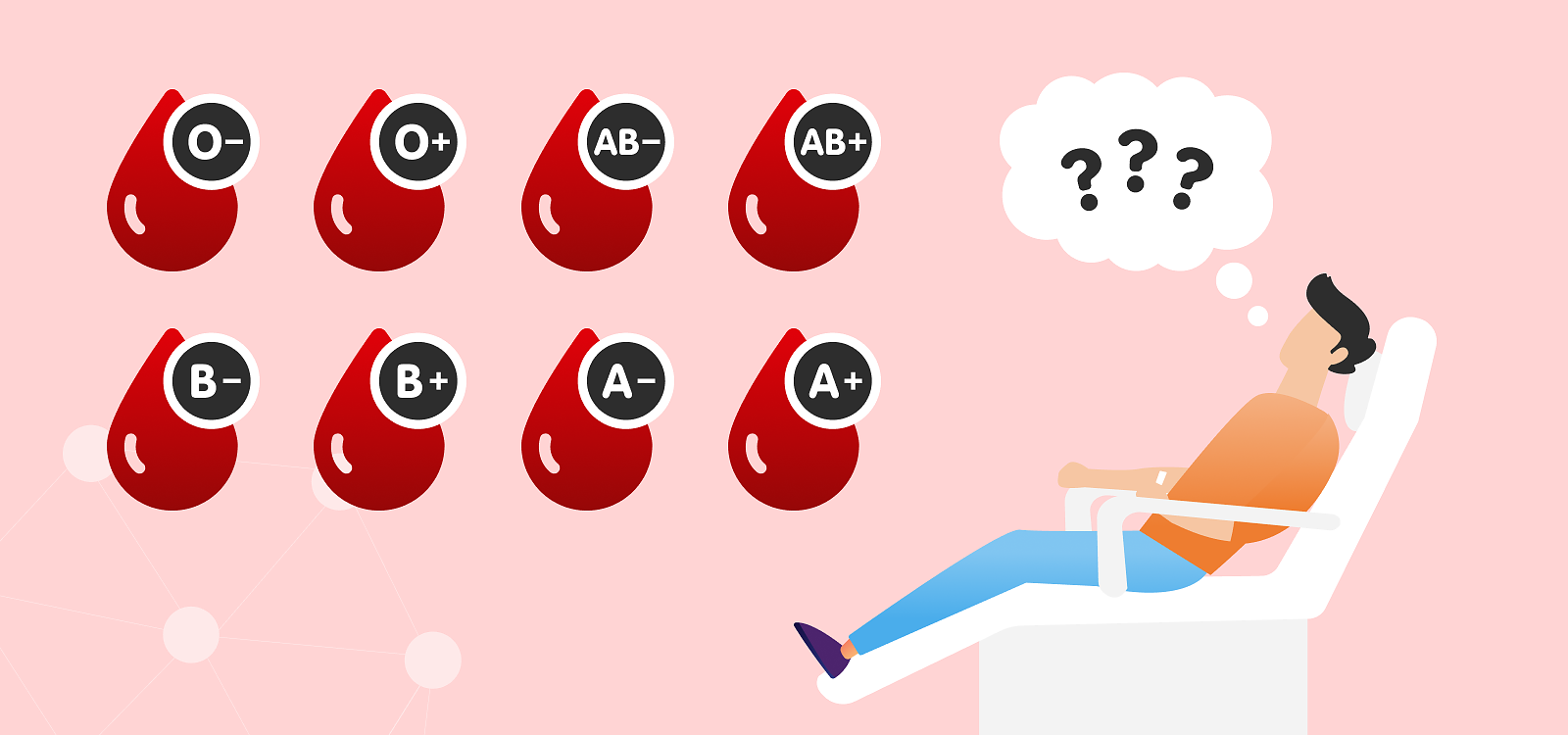Parameter Tuesday: ERYTHROCYTE SEDIMENTATION RATE
The blood test to measure the erythrocyte sedimentation rate is used to check for inflammatory activity in your body. It measures how quickly red blood cells fall to the bottom of a test tube that contains a blood sample. It is a non-specific test, but it gives physicians additional information if inflammation is present in your body and helps them decide on further diagnostic procedures.
Red blood cells or erythrocytes are small, round, biconcave cells that contain hemoglobin which carries the oxygen from the lungs to tissues and carbon dioxide back from tissues to the lungs. Inflammation can affect your red blood cells; it causes them to form clumps. When performing the erythrocyte sedimentation rate test, the blood sample is placed in a tall thin tube, and the distance the red blood cells have fallen (so-called sedimentation) is measured after one hour. Since the clumps of erythrocytes are denser than normal erythrocytes, they fall at a faster rate. Therefore, the further the red blood cells have fallen in the test tube, the greater the inflammation present in your body.
As already mentioned, erythrocyte sedimentation rate is not a specific test. It is related to various inflammatory conditions such as infection, rheumatoid arthritis, vascular disease, heart disease, kidney disease, and certain cancers. However, moderate elevation can be associated with menstruation, pregnancy, anemia, and some drugs like birth control pills or cortisone.
Low erythrocyte sedimentation rates typically indicate a blood disorder. People with polycythemia vera, sickle cell anemia, or an abnormal increase in white blood cells have a lower erythrocyte sedimentation rate than normal.






